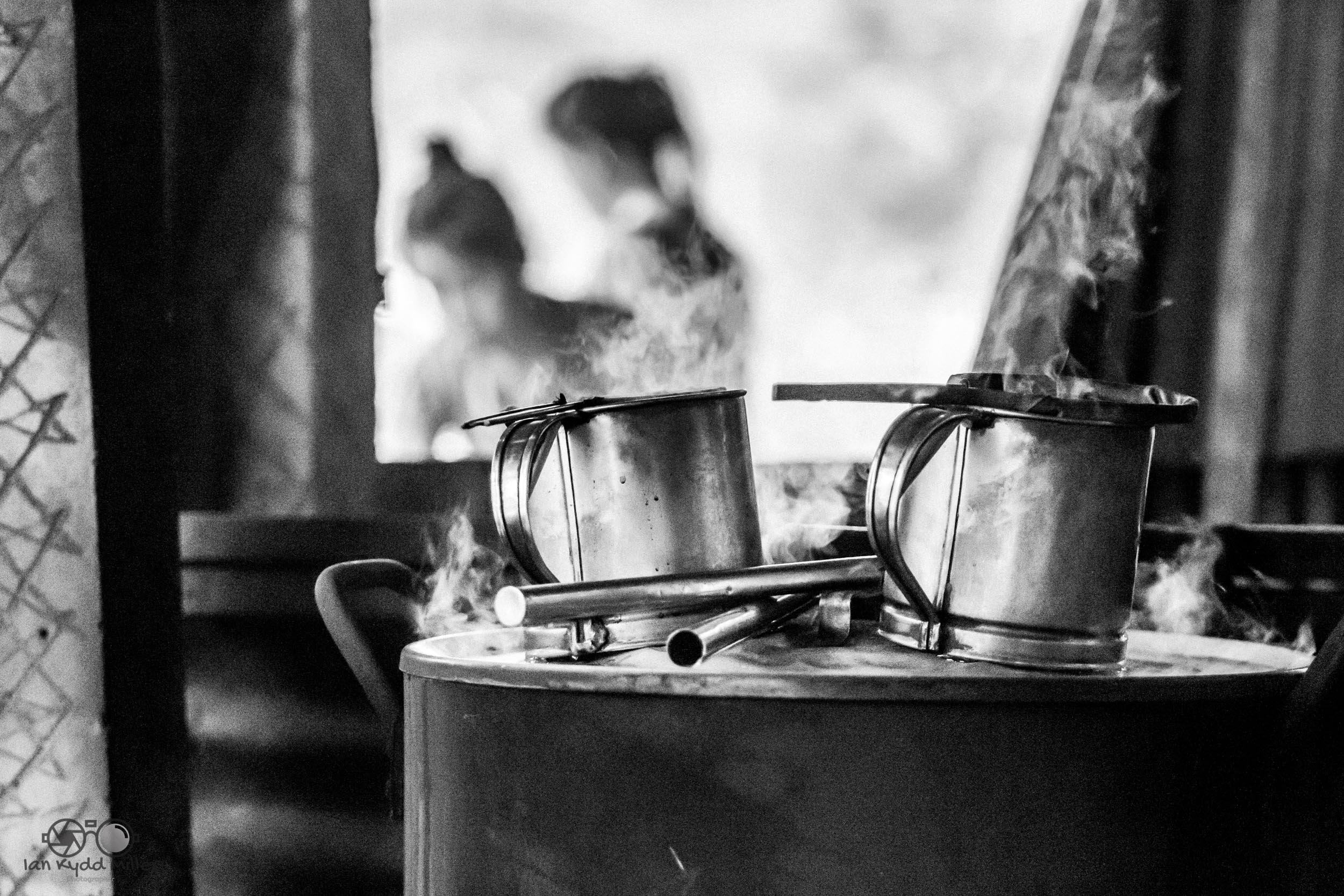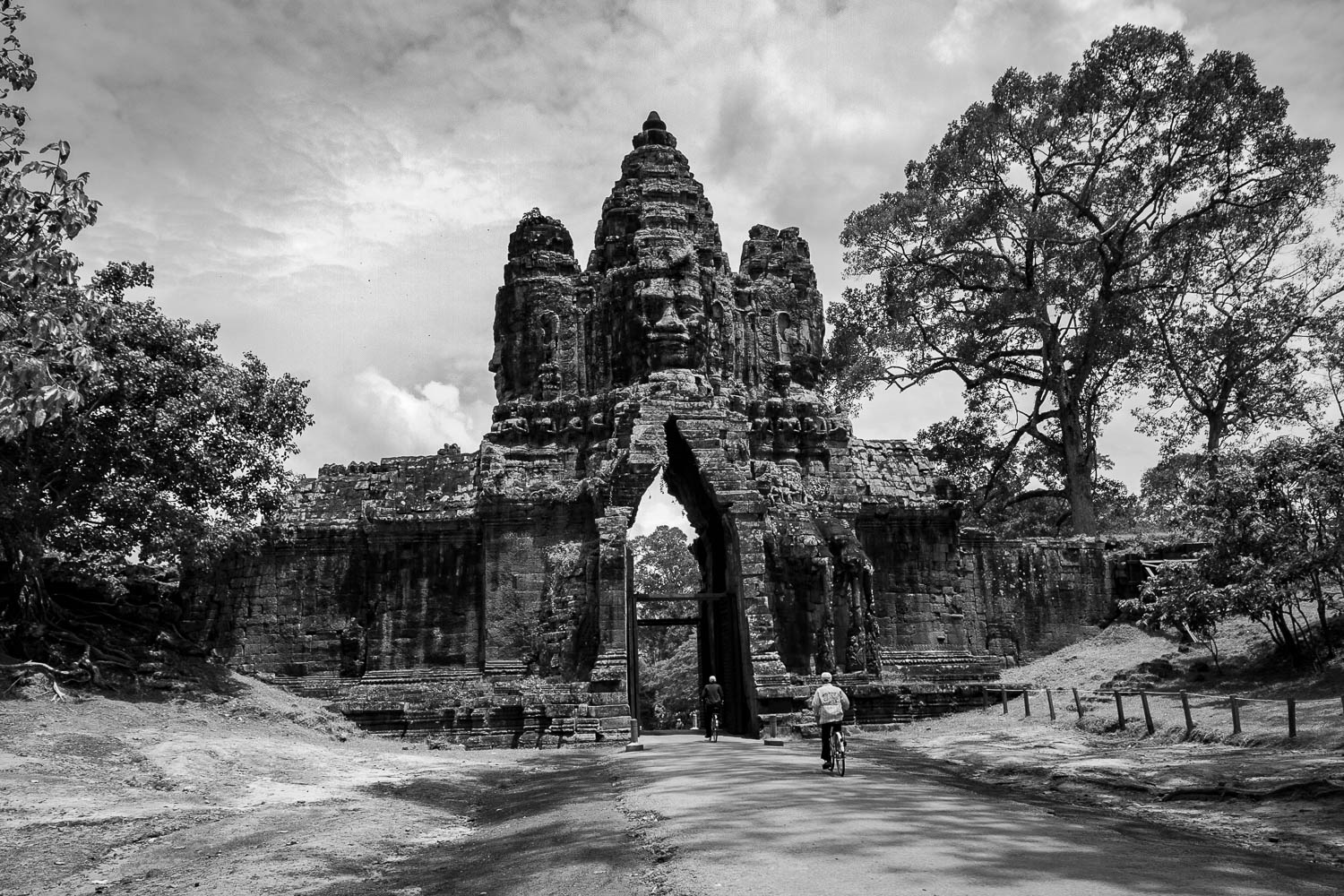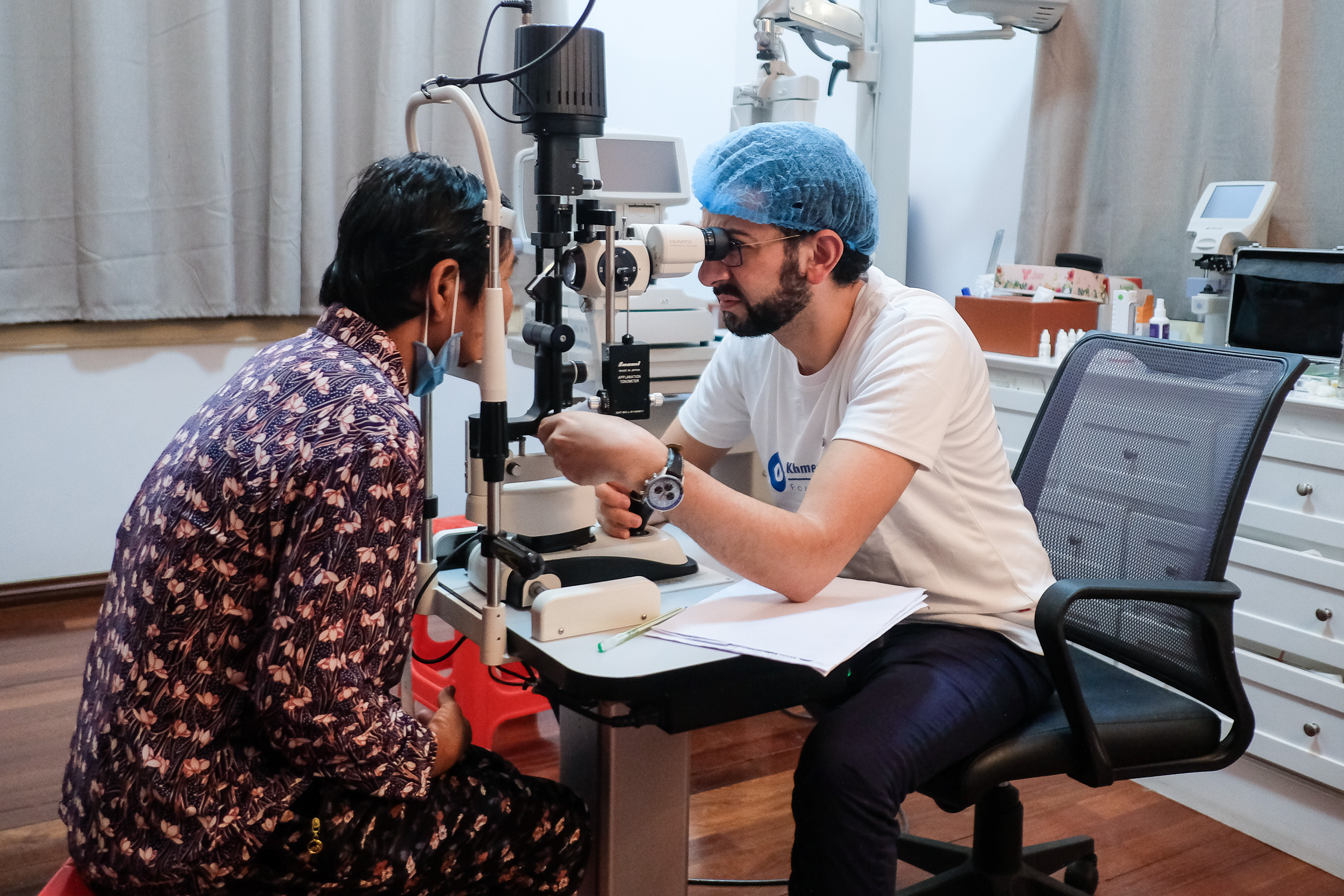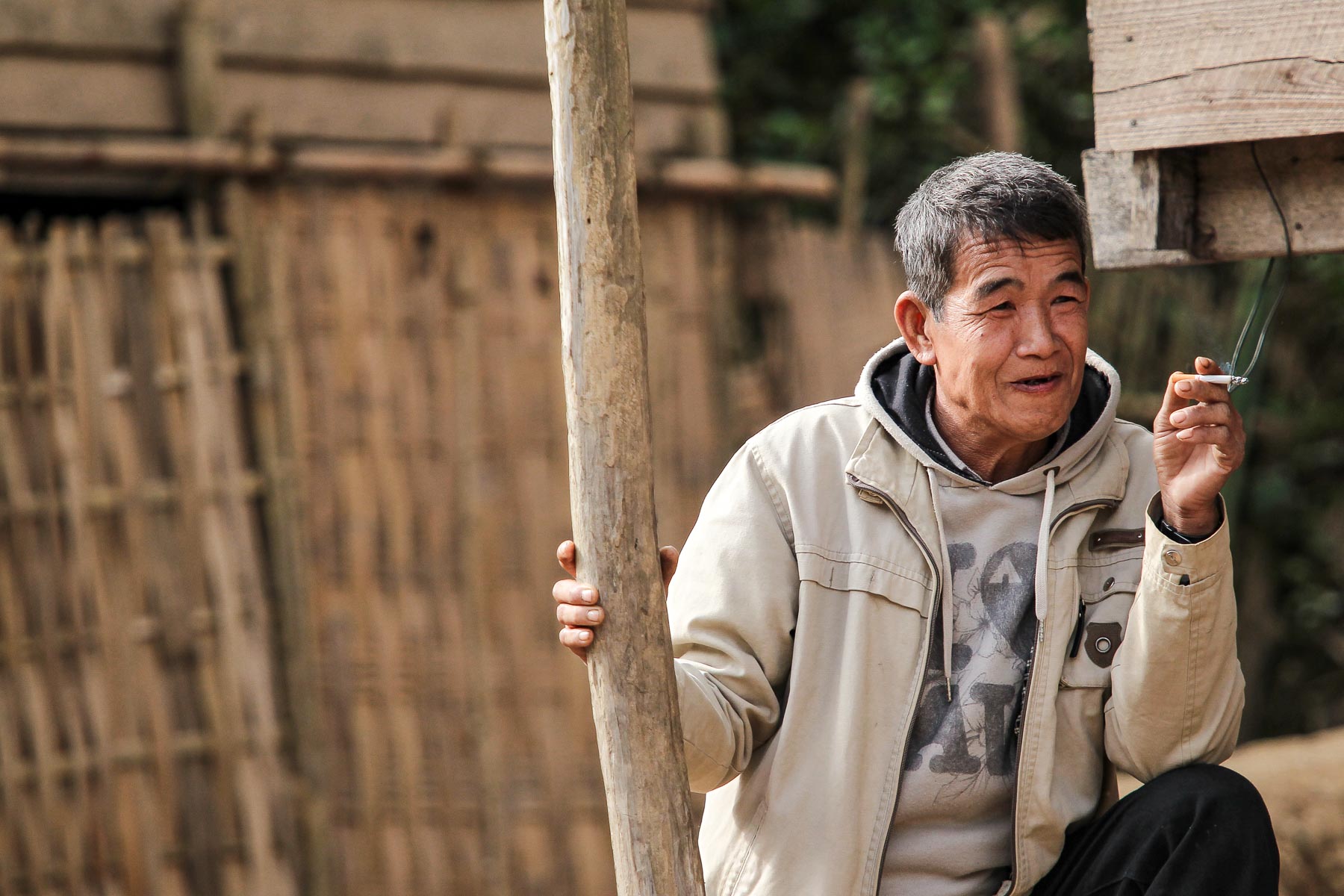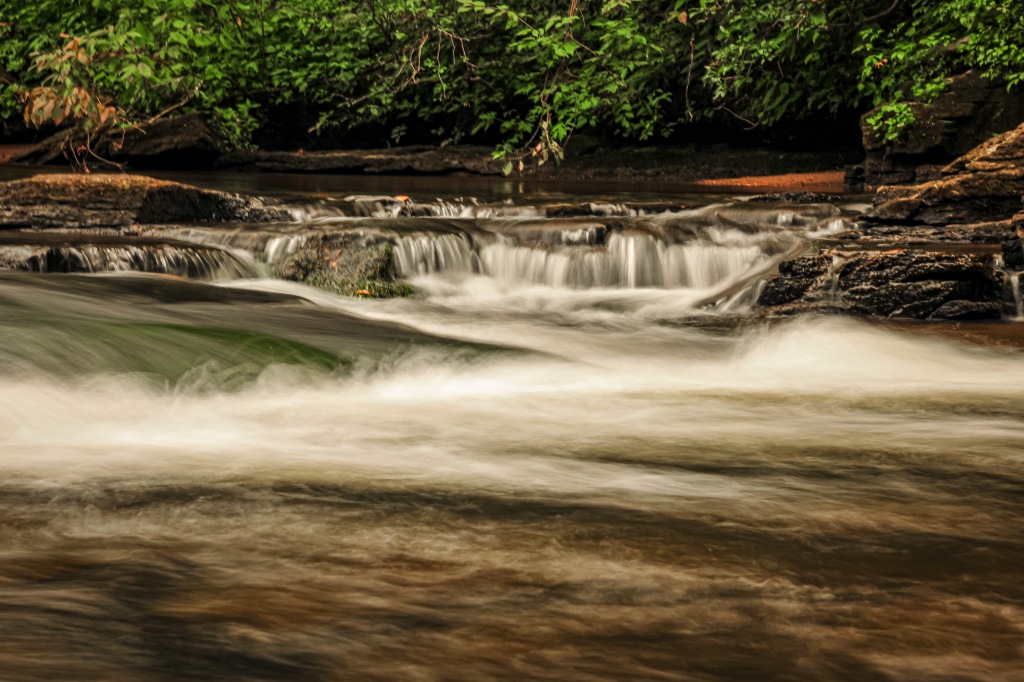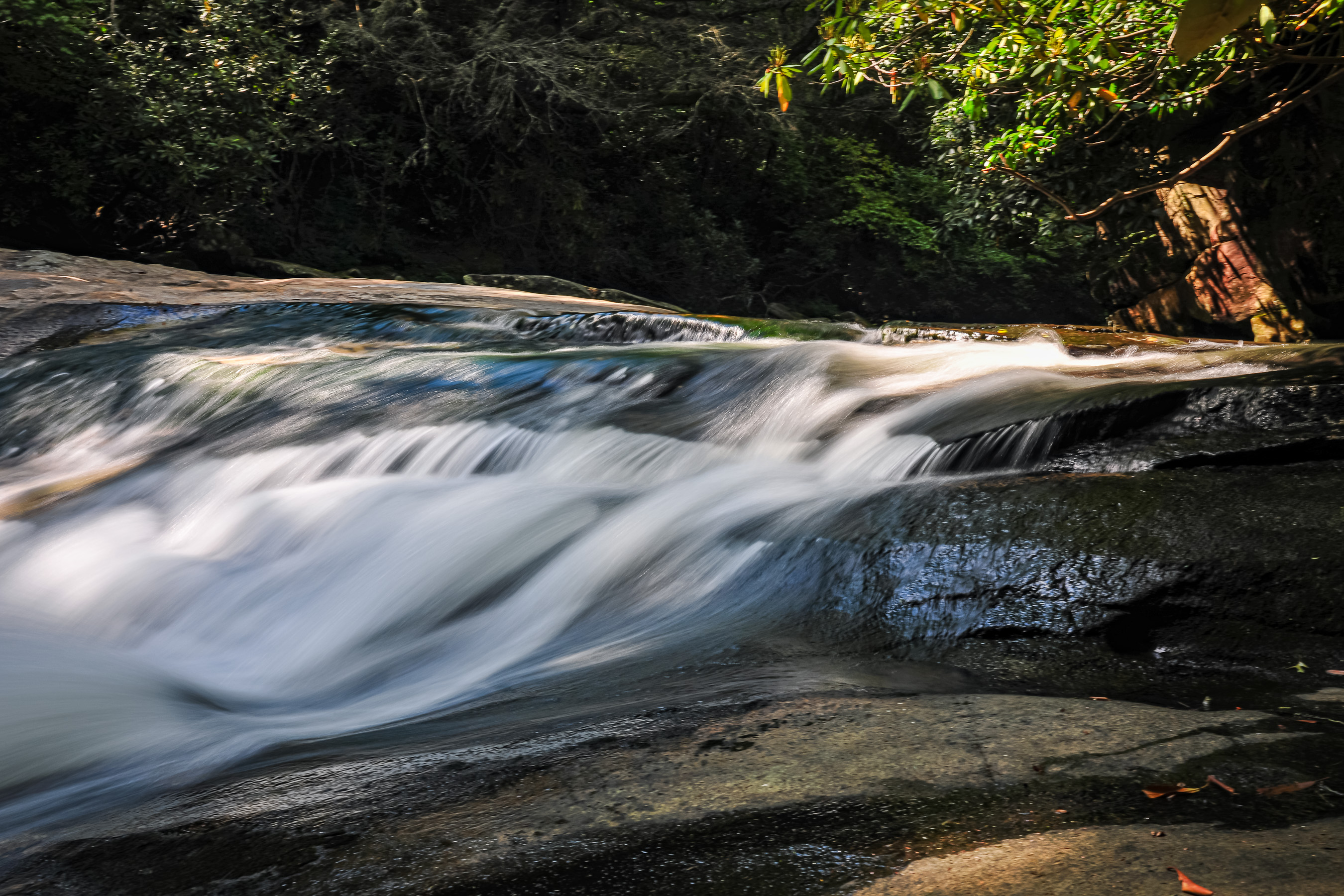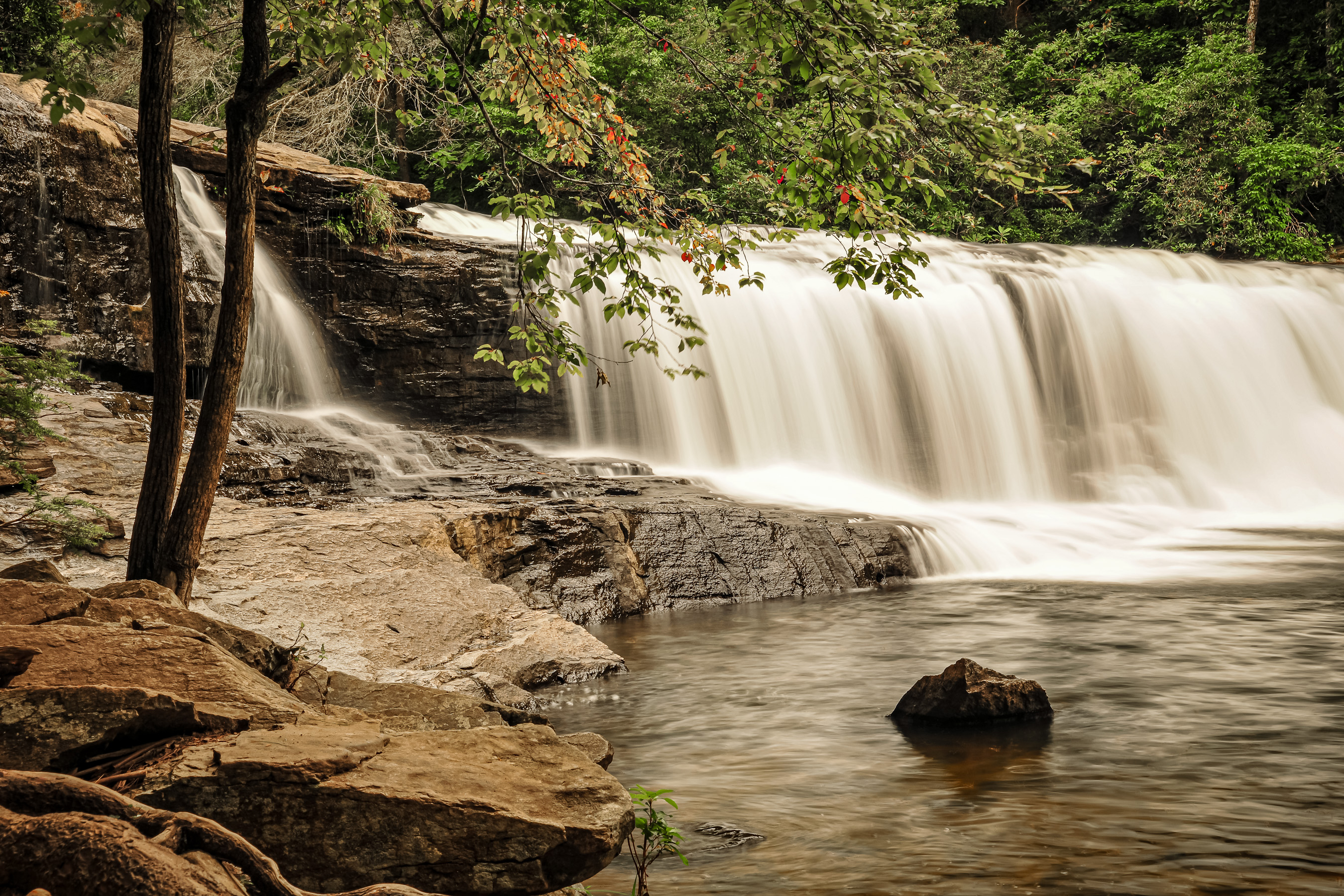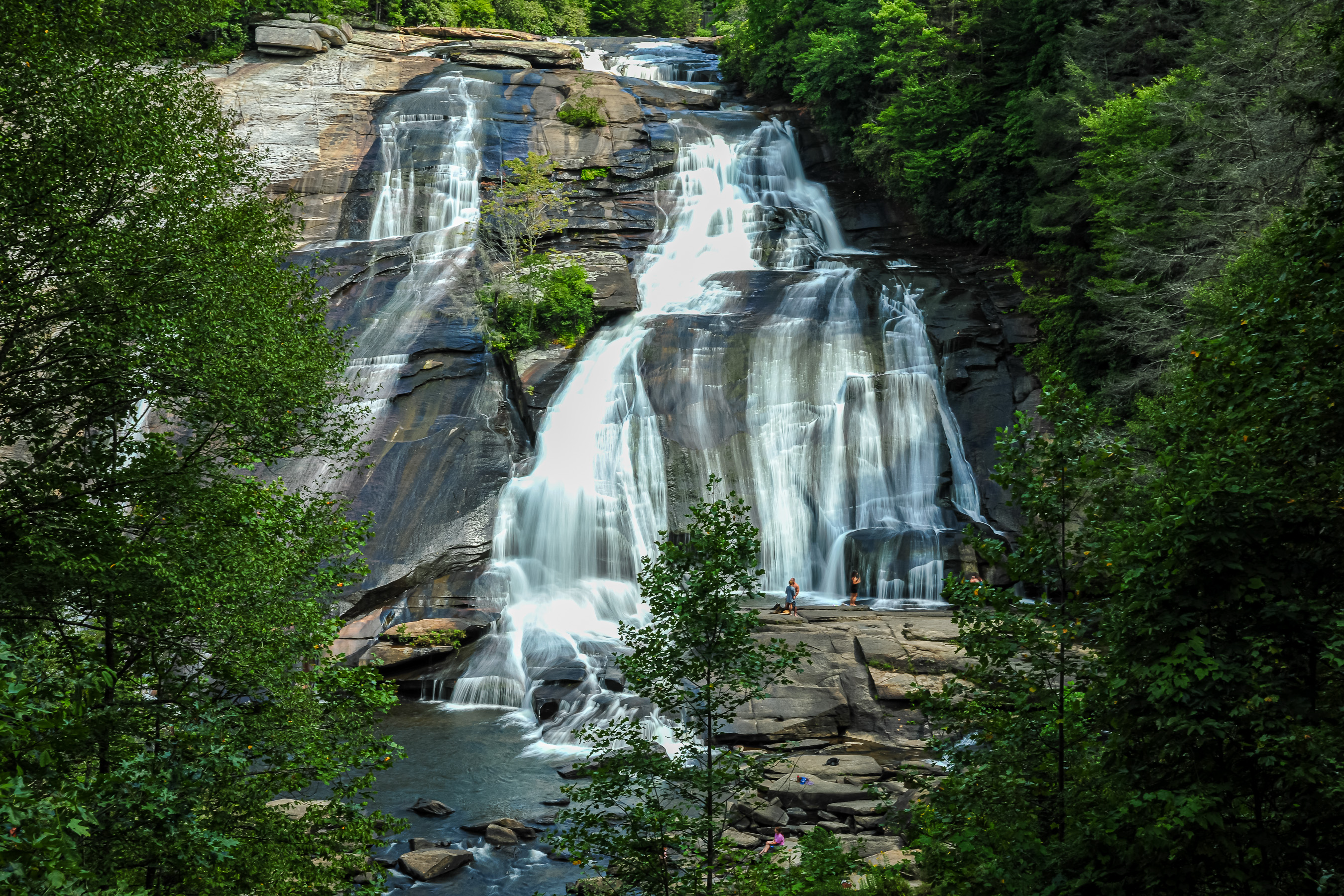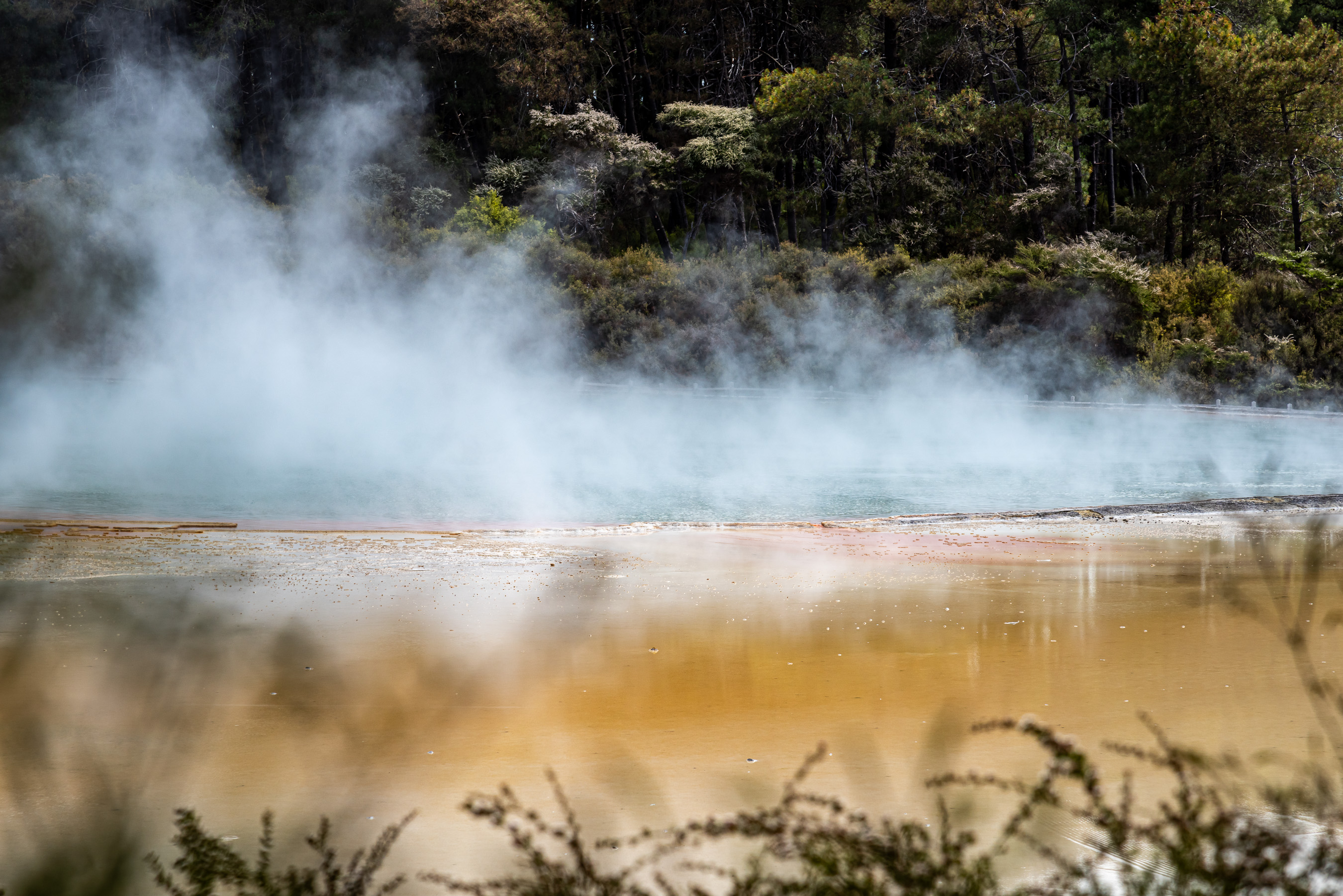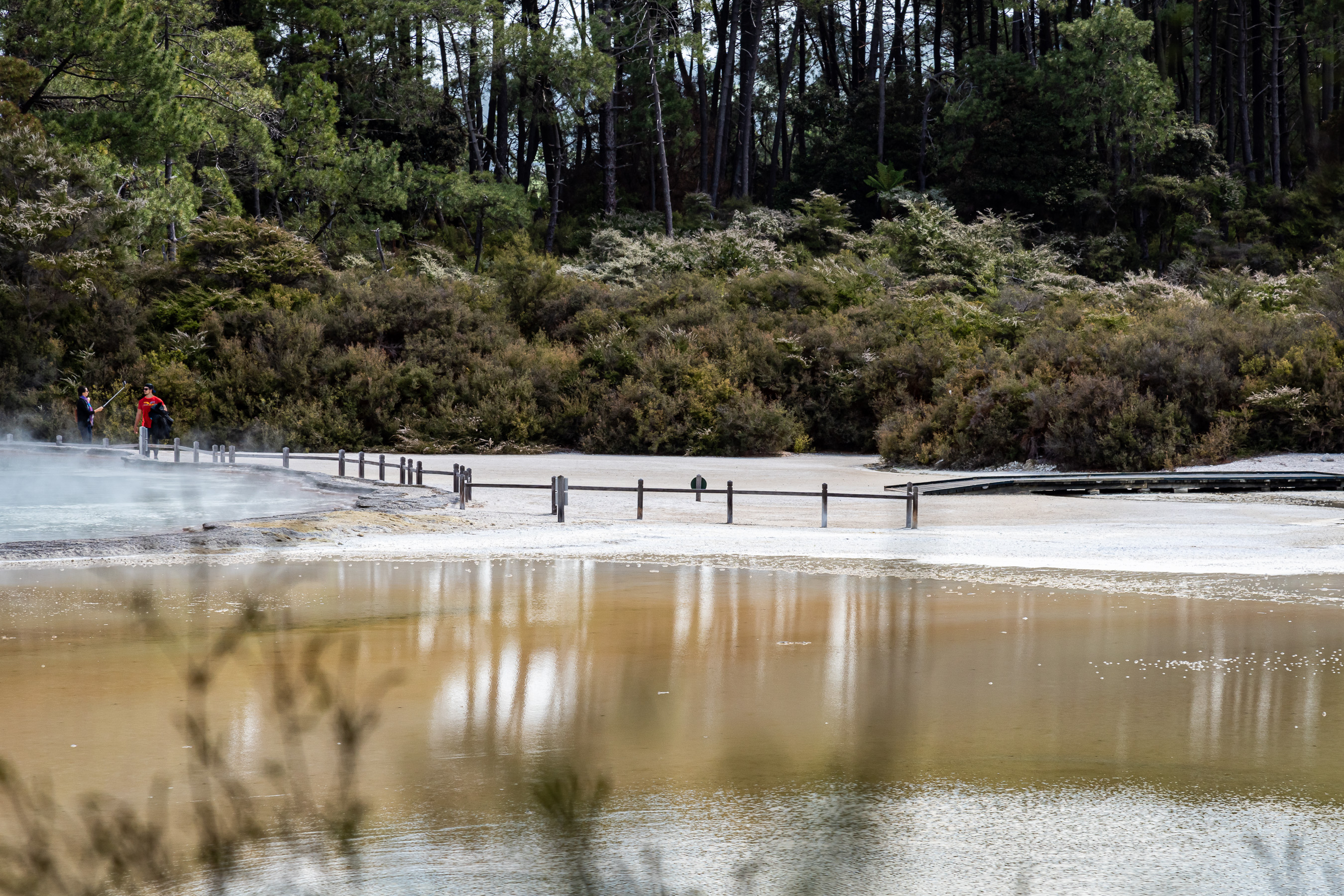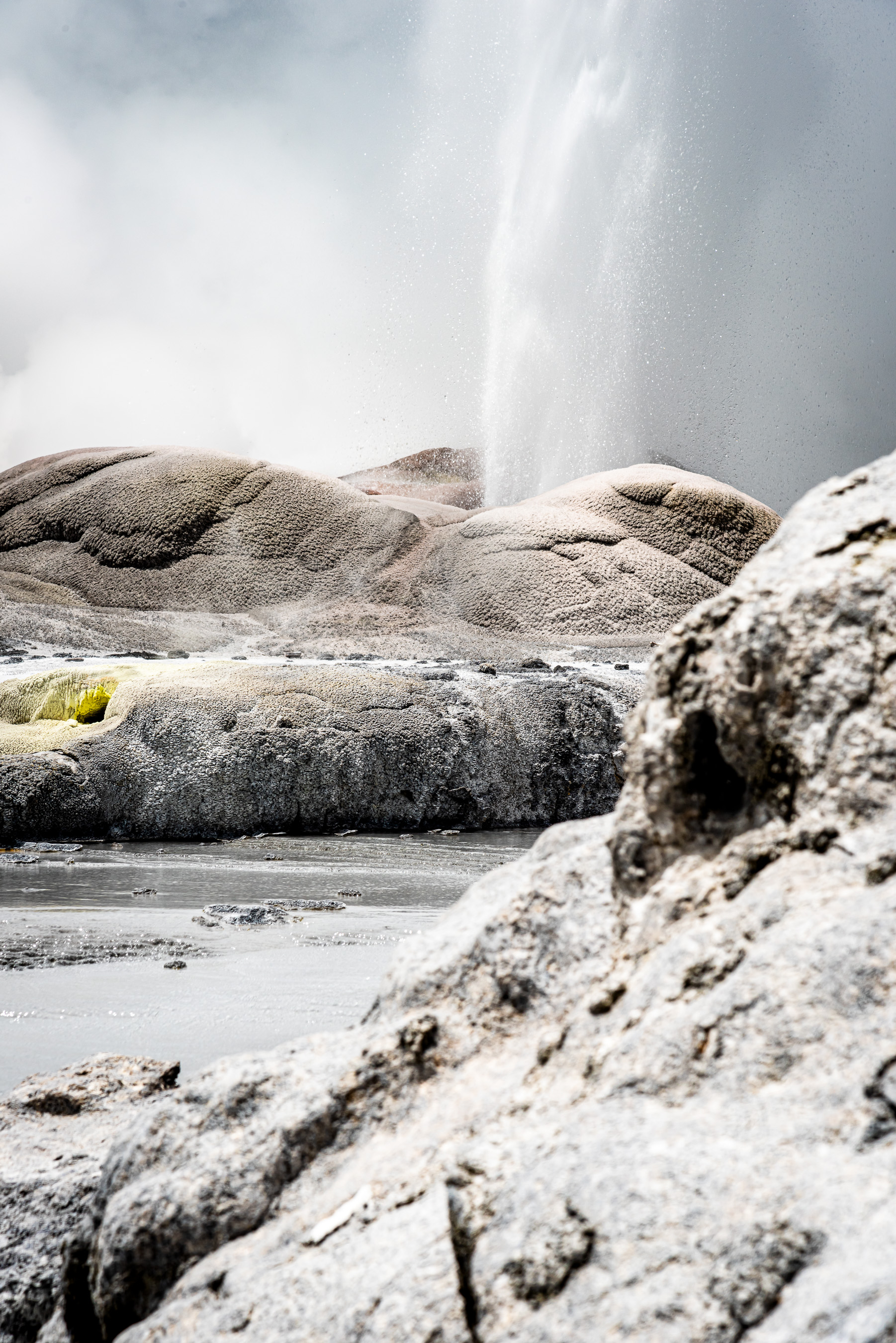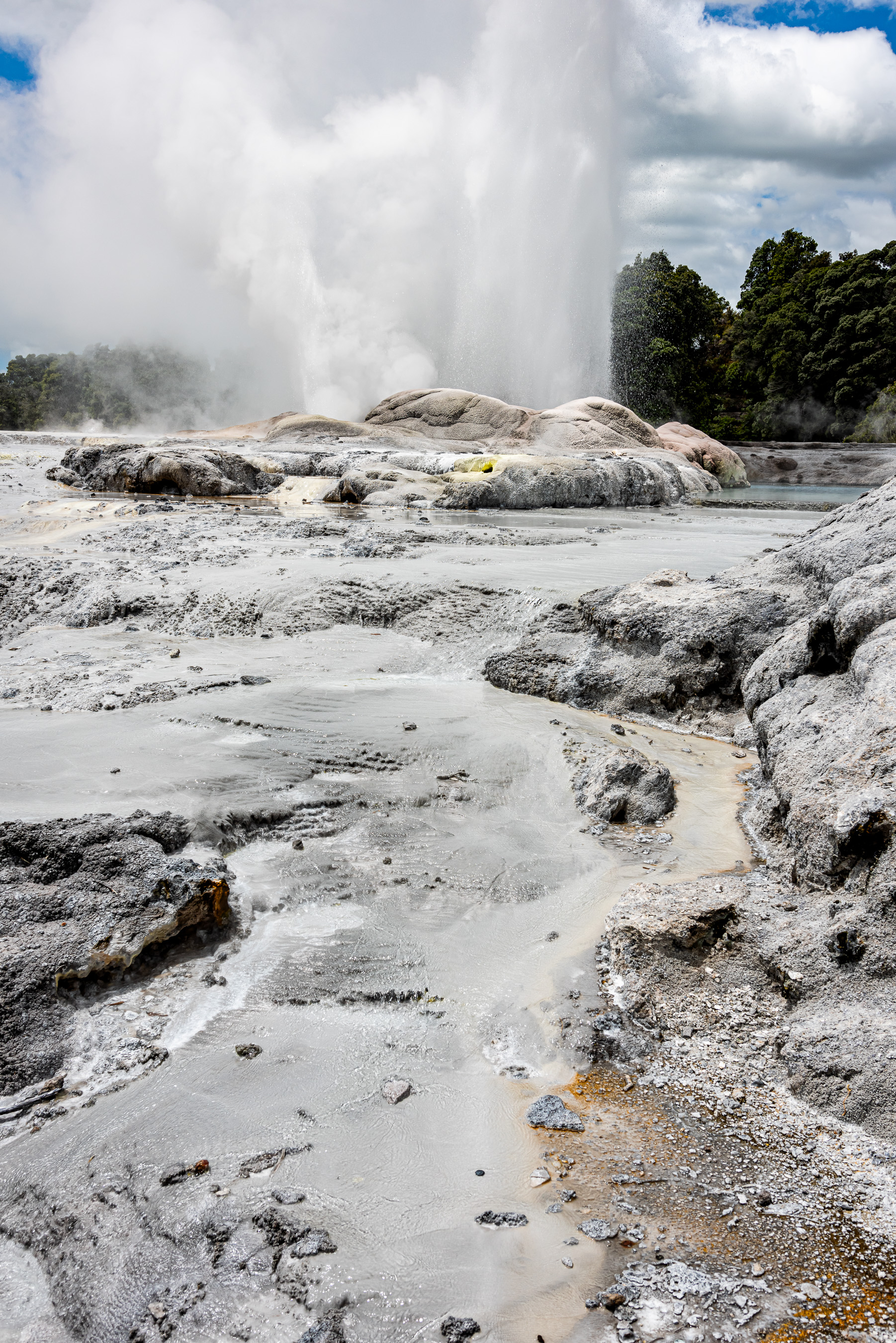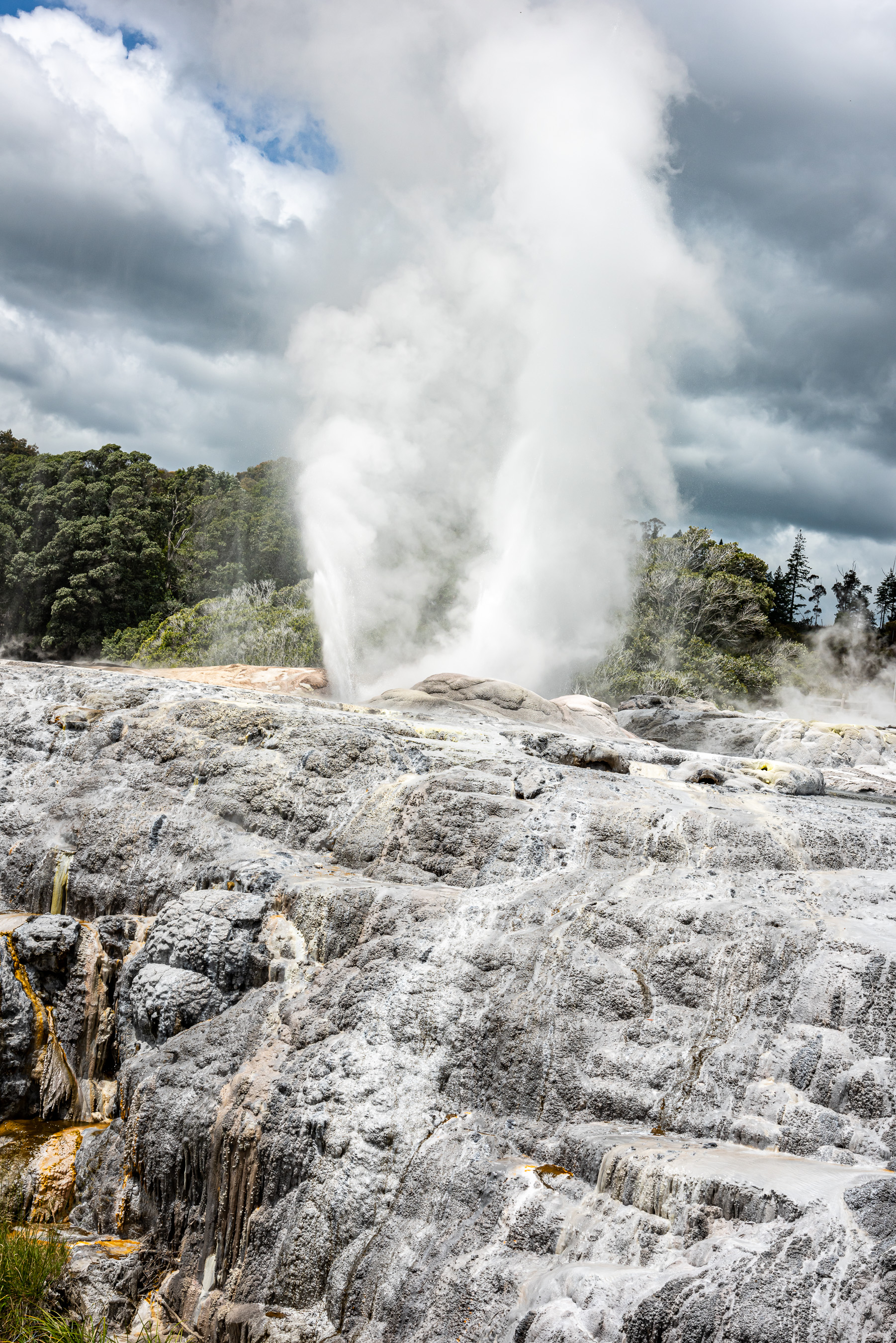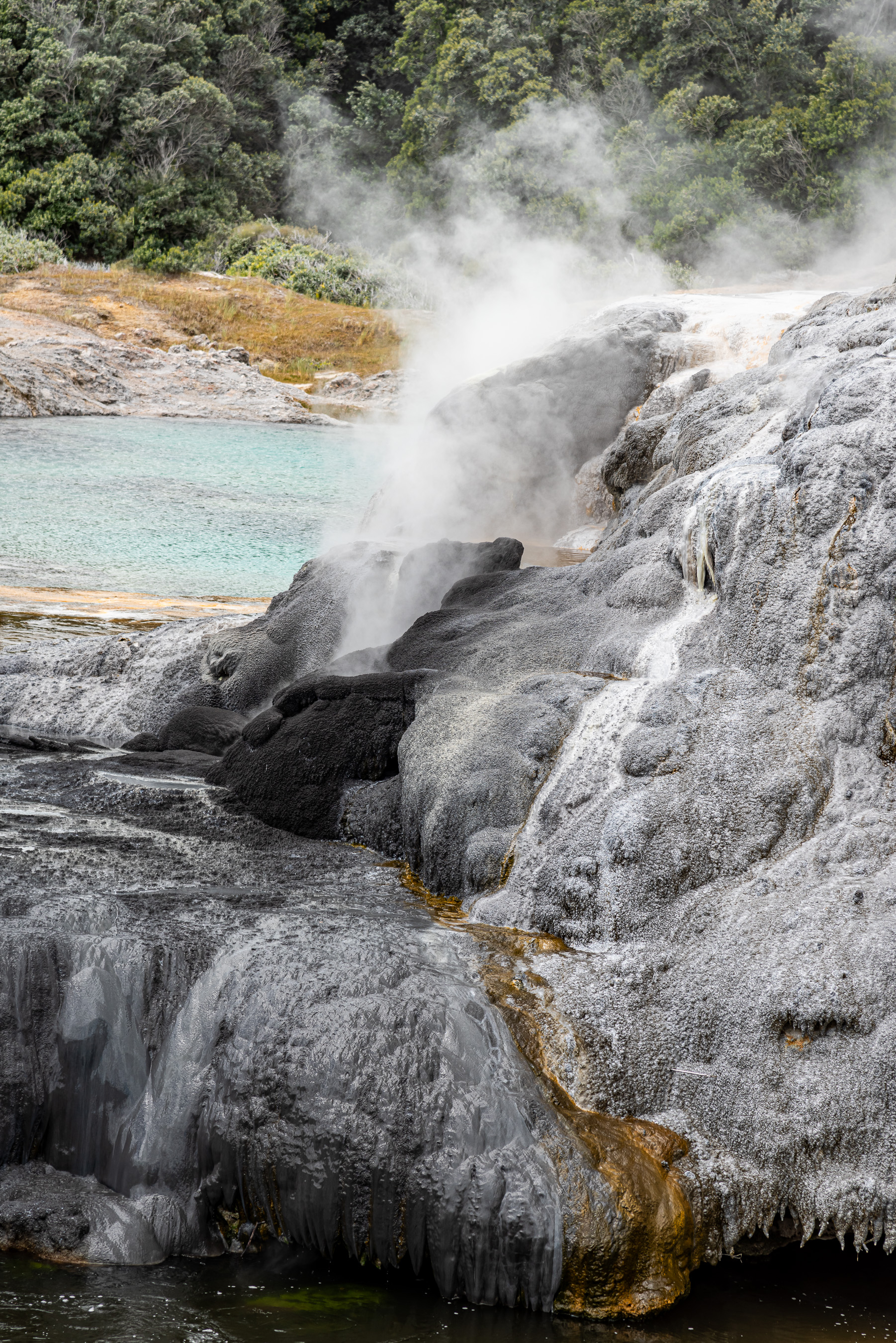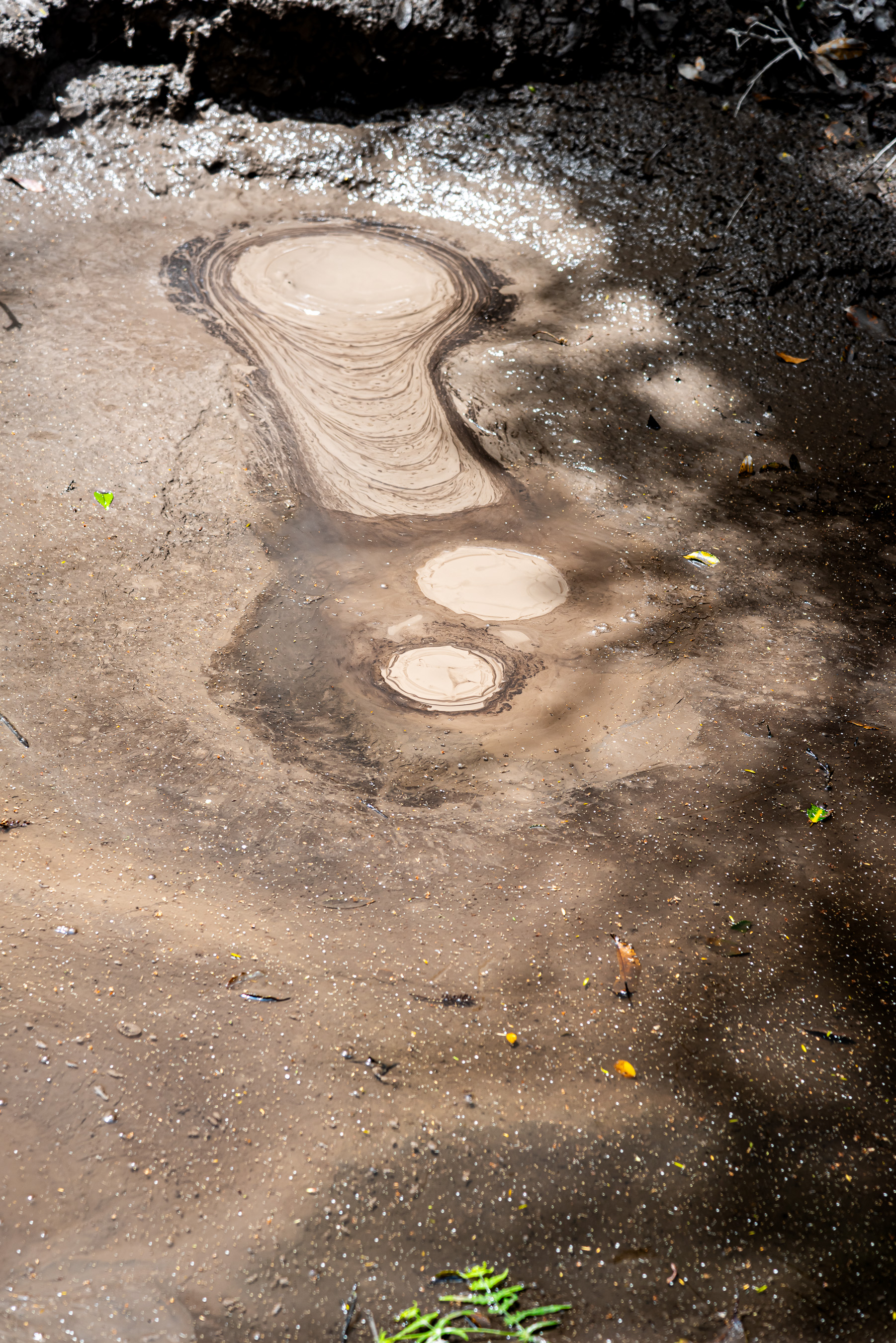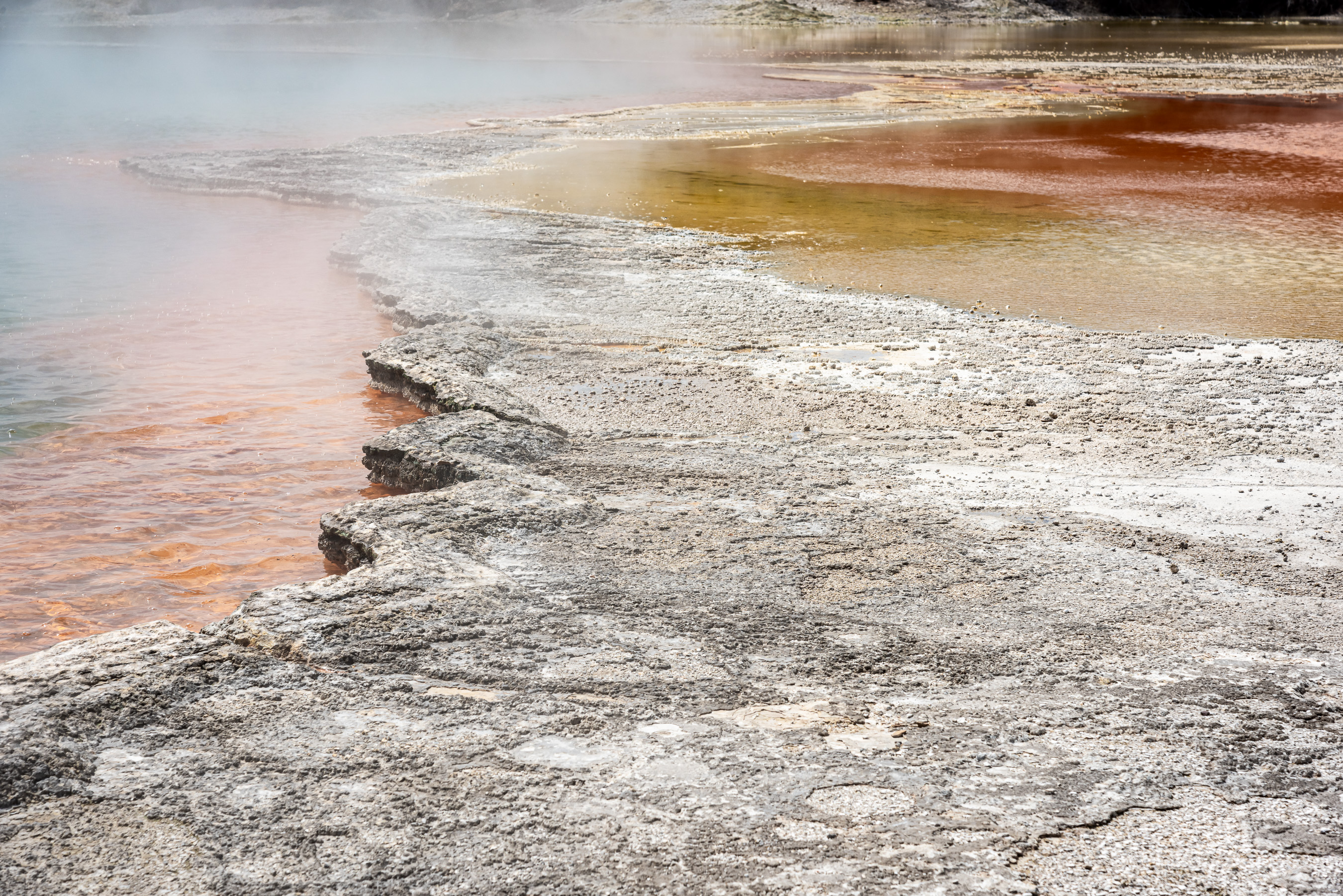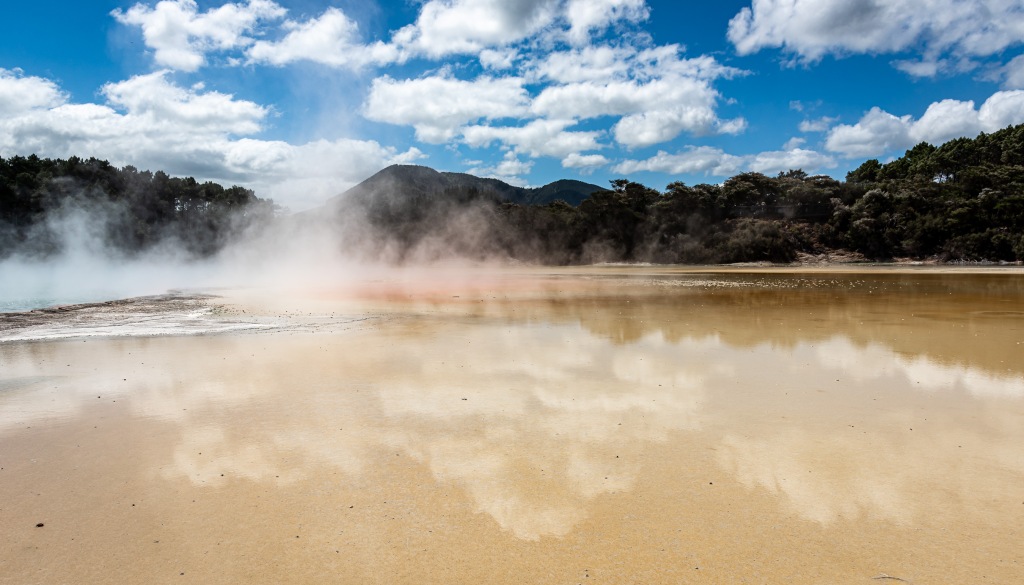Photography is an art form that captures the essence of a moment, tells a story without words and leaves a lasting impression on the viewer. But what is it that makes a photograph stand out? What transforms a simple snapshot into a potential masterpiece? Let’s dive into the elements that contribute to creating a good picture.
Composition: The Visual Symphony
Composition is the backbone of a photograph. It’s the arrangement of elements within the frame that guides the viewer’s eye and evokes emotions. Good composition can turn an ordinary scene into a visual symphony. The Rule of Thirds, leading lines, symmetry, and framing are just a few techniques that photographers use to create a balanced and engaging composition.
Exposure: Painting with Light
Exposure is the amount of light that reaches the camera’s sensor, and it’s crucial for setting the mood of the image. A well-exposed photo can highlight textures, contrast, and details that might otherwise be lost. Whether it’s the soft glow of dawn or the harsh shadows of midday, the interplay of light and shadow is what gives a photograph its depth and drama.
Focus: Clarity of Vision
Focus determines which part of the image is sharp and clear. It can be used creatively to draw attention to the subject or to create a dreamy background with a shallow depth of field. A good photograph has intention behind its focus, whether it’s the crisp detail of a portrait or the delicate blur of a moving stream.
Subject: The Heart of the Story
The subject of a photograph is its beating heart. It’s what captures the viewer’s attention and holds it. A good photograph has a clear subject that resonates with the viewer, whether it’s the raw emotion on a person’s face or the grandeur of a landscape.
Light: The Essence of Photography
Light is the essence of photography. It shapes the image, defines the mood, and creates atmosphere. The quality of light can make or break a photograph. Soft, diffused light often yields beautiful, even exposures, while dramatic, directional light can create a powerful impact.
Purpose: The Intention Behind the Lens
Every good photograph has a purpose. It’s the intention behind the lens, the reason why the photographer chose to capture that particular scene. It could be to tell a story, to preserve a memory, or to evoke a certain emotion. The purpose is what gives a photograph meaning and makes it memorable.
In conclusion, a good photograph is a blend of technical skill and artistic vision. It’s a moment captured with intention, composed with care, and illuminated with the perfect light. It’s an image that tells a story, touches the heart, and stands the test of time. So, the next time you pick up your camera, remember these elements and let them guide you in creating your own photographic masterpieces. Happy shooting! 📸✨






















